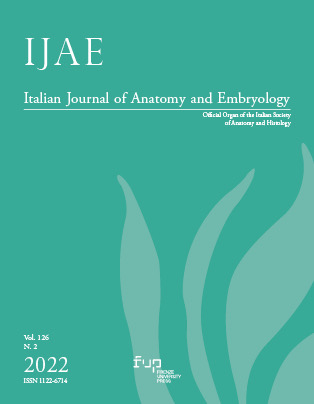Genotype-phenotype correlation and adaptive proteome reorganization in Marinesco-Sjögren syndrome
Published 2022-12-27
Keywords
- Fibroblast,
- Marinesco-Sjögren Syndrome,
- pathogenic mechanisms,
- SIL1
How to Cite
Funding data
-
Fondazione Telethon
Grant numbers GGP20092
Abstract
Marinesco-Sjögren Syndrome (MSS) causes cerebellar ataxia, myopathy and congenital cataracts in people carrying SIL1 mutations. SIL1 is an ATP exchange factor for BiP, the major endoplasmic reticulum (ER) chaperone involved in protein folding. SIL1 loss influences BiP activity, leading to ER stress and the activation of unfolded protein response (UPR). Purkinje cells and skeletal muscle fibers are the most sensitive cells to prolonged pathologic UPR, but adverse effects are detectable in other cell types. Currently a clear genotype-phenotype correlation is missing, due to the variable symptomatology and to the discovery of new SIL1 variants. We decided to focus our attention on two recent works providing different strategies to shed light on the pathophysiology of MSS. In the first one several cellular biomarkers have been evaluated to distinguish between malignant and benign SIL1 mutations. The other study proposed a proteomic approach to clarify adaptative mechanisms of MSS fibroblasts in response to SIL1 loss. Further investigations are needed to better understand the pathogenesis of MSS and to simplify the diagnosis in patients.


